If you're someone who uses spreadsheets frequently, you'll love these Excel tips and tricks. We'll run through some Excel tips for beginners, as well as our favorite way to find new Excel tips and tricks in 2025. If you're already past the beginner stage, you'll want to keep reading to Part 3 and beyond, where we talk about some more advanced Excel hacks.
Part 1: The Best Way To Learn Excel Tips
If you'd like to be the go-to person for Excel tips in your office, you'll want to know about our favorite way to pick up new Excel tips and tricks. Being powered by the latest AI technology, UPDF's AI assistant is the fastest way to improve Excel skills. It provides a convenient question-and-answer format to address all the Excel skills you want to learn.
Get UPDF for yourself at the link below, and follow along.
Windows • macOS • iOS • Android 100% secure
Already got UPDF and keen to know how to use the AI assistant to learn Excel quickly?
Here's the step-by-step.
Step 1. Open UPDF and load any PDF document.
Step 2. Click the AI icon at the bottom right of your screen to open the assistant, and choose Chat.
Step 3. Now use the Prompt box to get Excel help from the AI assistant. Here are some prompts to get you started:
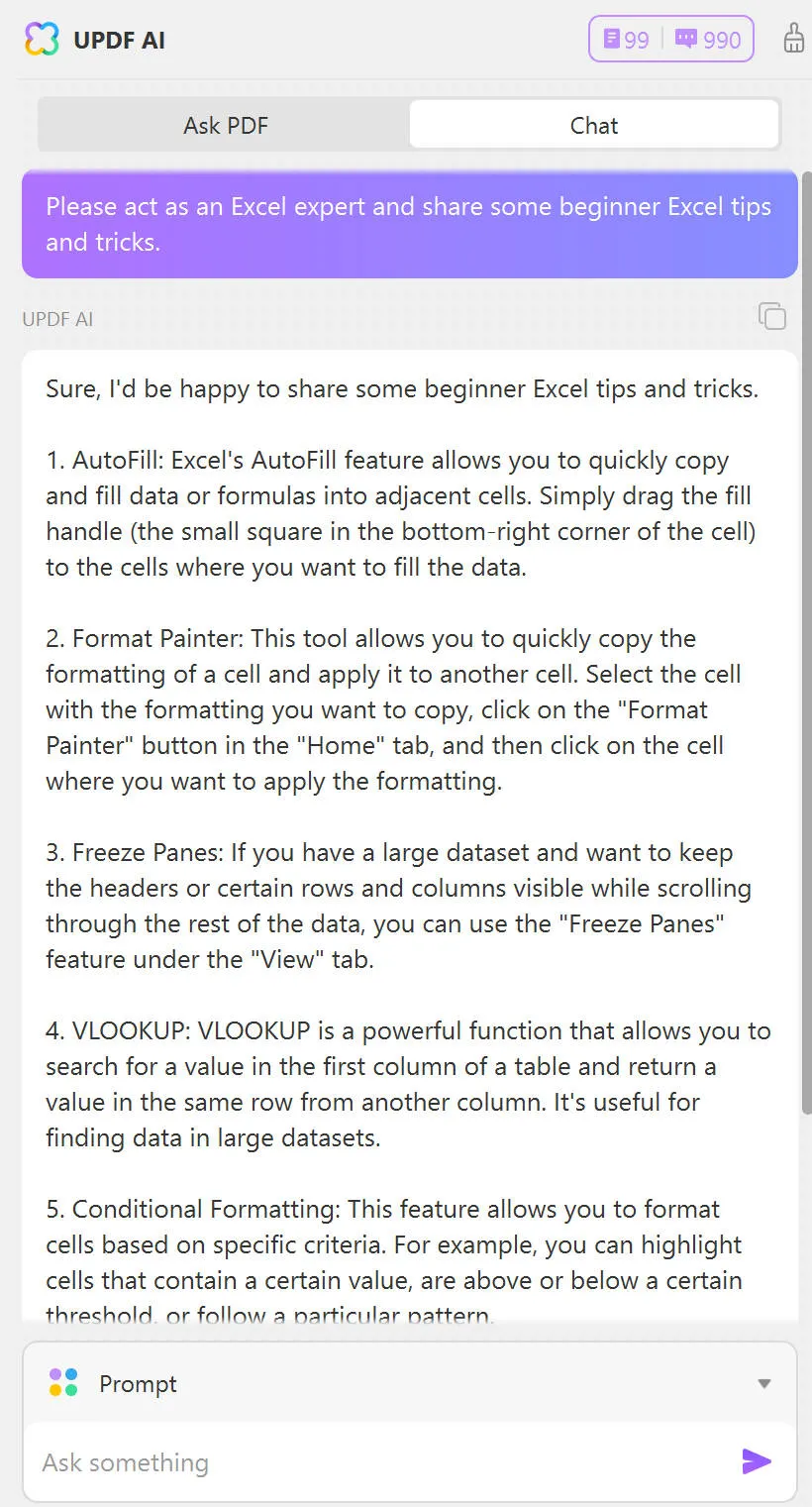
- "How can I quickly add a column of numbers in Excel?"
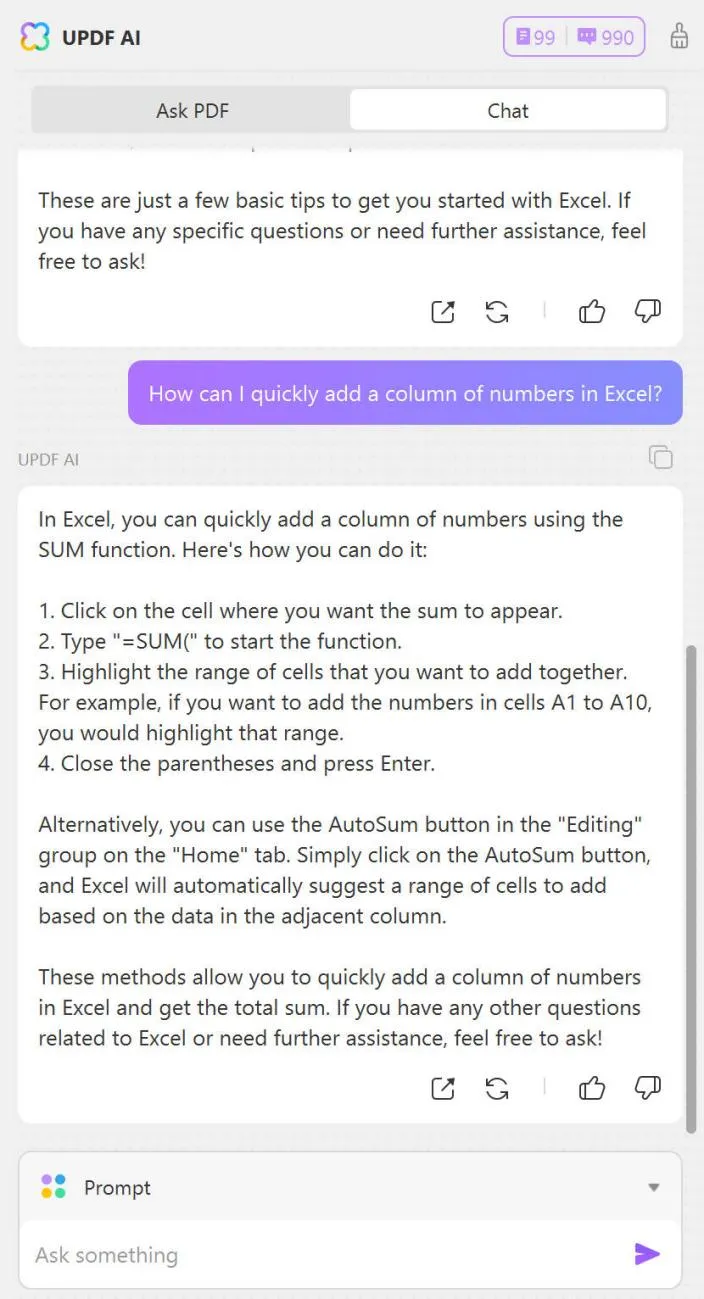
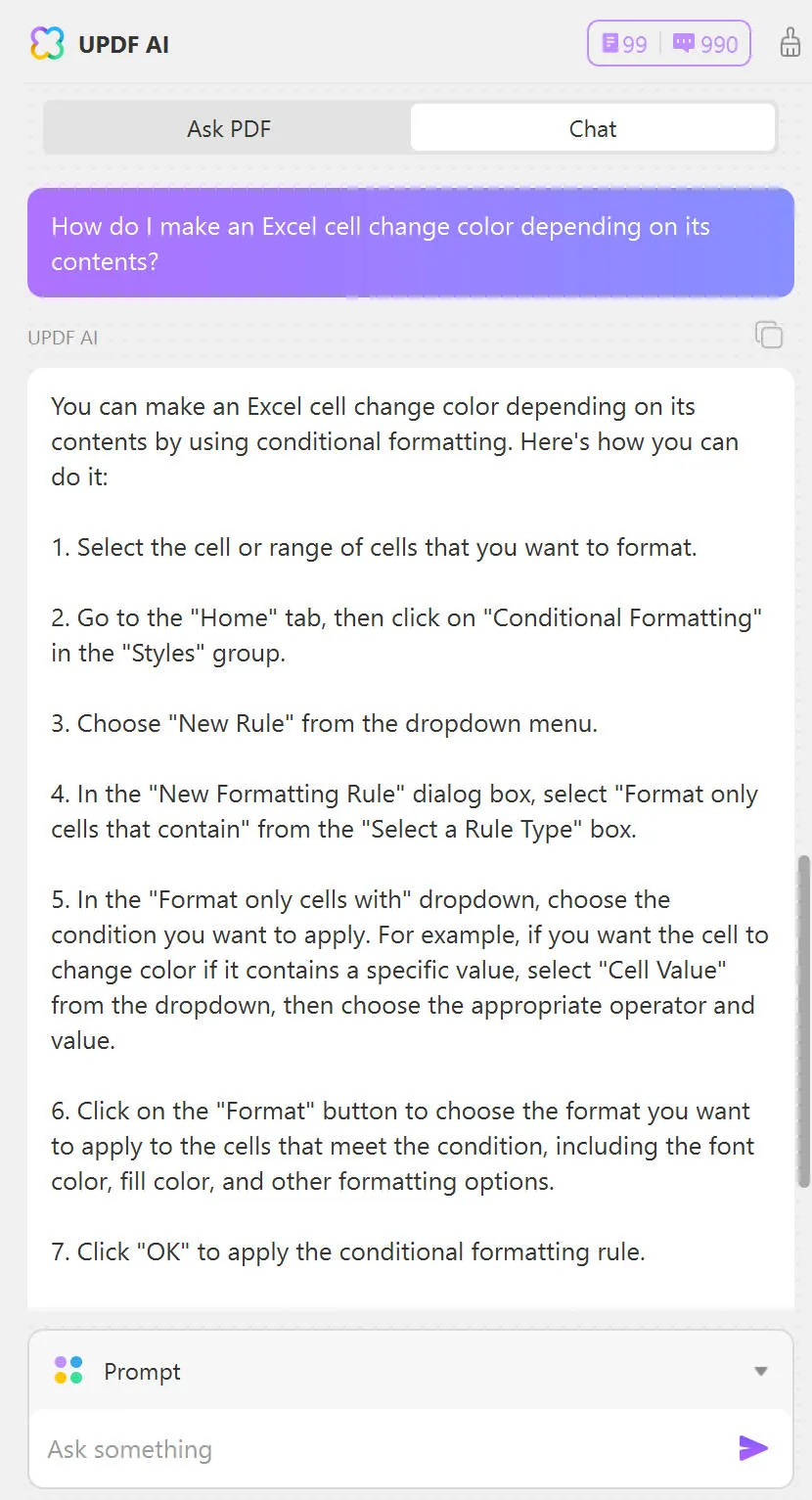
Take some time to experiment for yourself. Prompting AI is a skill all on its own, but you'll quickly get the hang of phrasing your questions to get useful answers. You can upgrade your UPDF plan to unlock the limitation on the questions you ask UPDF AI.
Part 2: 3 Excel Tips For Beginners
1. Format numbers correctly in Excel to avoid problems.
In any spreadsheet, you're likely to have several different types of numbers, dates, currency, and times, for example. To make sure that Excel treats those numbers appropriately, and to prevent errors you need to use the Number section on the toolbar.
Select the cells you want to format, open the dropdown menu in the Number section of the toolbar, and set it to the correct type of number.
2. Keep the top row visible when you scroll down a spreadsheet.
If you've got column headings in Excel, it's frustrating when they disappear as you scroll down. Luckily it's an easy fix.
Go to View > Freeze Panes.
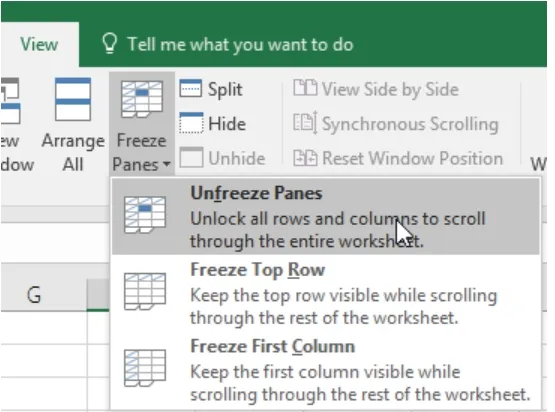
Now you can 'Freeze' the top row, or the first column in a spreadsheet, so it remains visible no matter how far you scroll.
3.Easily add up a range of numbers.
Using Excel formulas might seem difficult, but it's simple to learn the basics. Most people don't need anything too fancy, and you can go a long way with simple formulas.
To quickly total a range of numbers, you need the SUM function. To add all the cells between A1 and A12, for example, you'd do the following:
- Go to an empty cell and type 'SUM(A1:A12)'.
- Excel will perform the calculation for you and put the result in the cell where you typed the formula.
- Replace A1 and A2 with whatever cell range you need to add.
Excel can do far more than just those basics though. If you're looking for more advanced Excel tips and tricks in 2025, we've got you covered in the sections below. We're going to look at Excel tips and shortcuts for numbers, project management, and simplifying data entry. We've also got a bonus tip at the end for how to convert Excel to different file formats without losing formatting.
Part 3: 3 Excel Tips and Shortcuts for Numbers
Most of what the majority of people do in Excel involves numbers in one form or another. These tips will help you work more efficiently, and save time on manual processes by getting Excel to do that repetitive work for you.
1. Save time with a custom calculator.
If you often find yourself running the same calculations at work, a little work upfront, building a custom calculator, could save you a lot of time down the track.
For example, if you use the Profit First method to manage your business finances, you'll need to calculate percentages twice a month to allocate your money correctly.
Excel can do that in a fraction of a second, once you set it up correctly. You just need to input your income in the blue box, and Excel calculates the appropriate percentages for each category, based on your formulas.
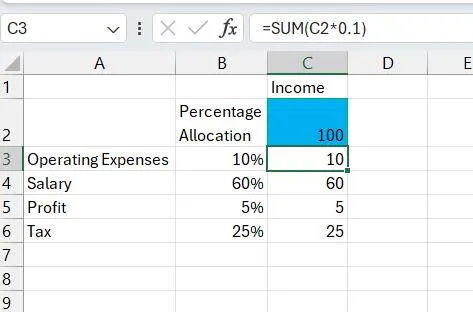
2. Easily continue a sequence.
Once you've started filling a column or row in a particular sequence or pattern, there's no need to keep manually typing numbers to fill the remaining cells.
Fill the first few cells manually, to establish the pattern, e.g. 2, 4, 6.
Highlight those cells.
Hover the mouse over the bottom right corner of the highlighted area, so that the icon changes to a black plus sign.
Now drag the corner down to where you'd like the numbers to end, and let Excel do the rest.
3. Make important data stand out.
Use conditional formatting to help make important elements of your spreadsheet more visible.
You can get Excel to fill the cells containing the highest and lowest numbers in a set, or to highlight anything below £100, for example.
Go to Home > Styles > Conditional Formatting to use this tool.
Part 4: 3 Excel Tips and Shortcuts for Project Management
If you need to organize projects with a lot of moving parts, different people, and several timelines, then these Excel tips should help you out.
1. Use charts to visualize your project.
You've probably used Excel to create graphs and charts of data before. Maybe you've made a pie chart to display as part of a presentation, or a line chart to track income and expenses against a budget.
Did you also know that there are Excel charts to show various aspects of project data at once?
Take a look at the following chart types that might help you with project management:
- Gantt Charts - use these to show work planned against the actual status of the tasks.
- Swimlane Diagrams - use these to show the team member responsible for each task, and the overall flow of activities.
- Strategic Roadmaps - these provide an overview of the project in a concise format.
- Timelines - these work to show tasks and milestones chronologically.
2. Compare possible scenarios without changing the data.
Sometimes you want to play around with your data and investigate what might happen if certain aspects change. That's where the Scenario Manager comes into play.
Use Excel's built-in Scenario Manager to ask "What if…?" and explore potential outcomes. This lets you compare scenarios without changing the actual data in your spreadsheet.
Go to Data > What-If Analysis > Scenario Manager to get started.
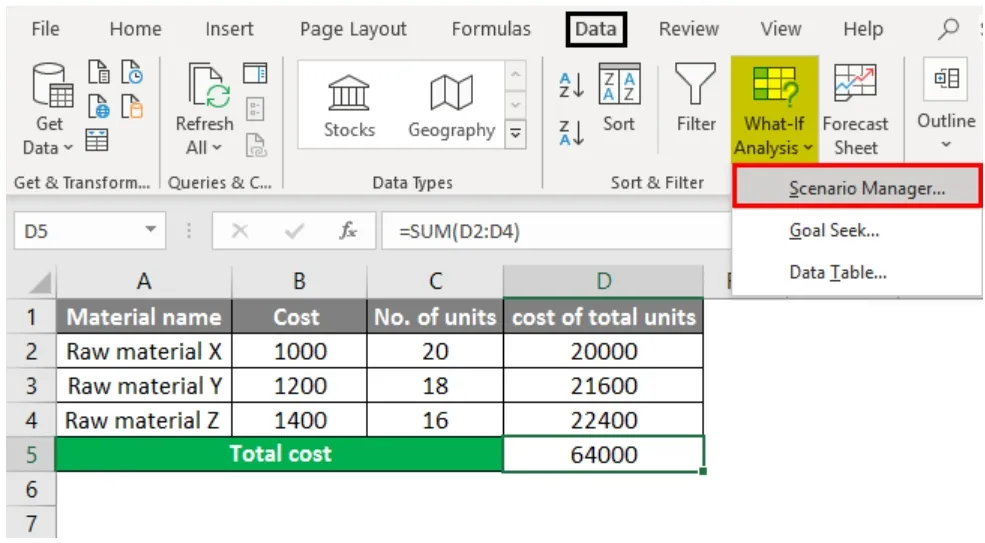
3. Make macros available across every spreadsheet you create.
If you're used to working with macros, you probably have some processes that you find yourself using regularly. The default option is for any macros to be attached only to the workbook they're created in.
That works fine for a lot of things, but some processes are used over and over, and it's a pain to have to set them up every time.
Every time you start Excel, it opens a hidden workbook called Personal.XLSB.
If you save your macros there, they'll be available across every spreadsheet file.
Here's how to make that happen:
- Go to File > Options > Customize Ribbon then choose Developers in the main tabs box, and click okay.
- Then, when recording the macro choose 'Personal Macro Workbook' in the Store Macro field.
Part 5: 1 Quick Tip To Simplify Data Entry
A big part of using Excel is simply entering data to populate the spreadsheet. It might seem like there's little you can do to streamline that process, but Excel has a tool to help with this as well.
The Data Form is one of Excel's better-kept secrets, and it's well worth mastering.
Data Forms come into their own in large spreadsheets with a lot of columns. They make it easy to enter data without having to scroll horizontally, and they eliminate the need to navigate between columns.
Here's how to use them:
Step 1. Add headings to each column in your spreadsheet - these headings will become the field labels for your form.
Step 2. Click any cell in the range to which you want to add the form.
Step 3. Add the Form button to the Quick Access toolbar:
- Click the arrow next to the Quick Access toolbar and choose 'More Commands'
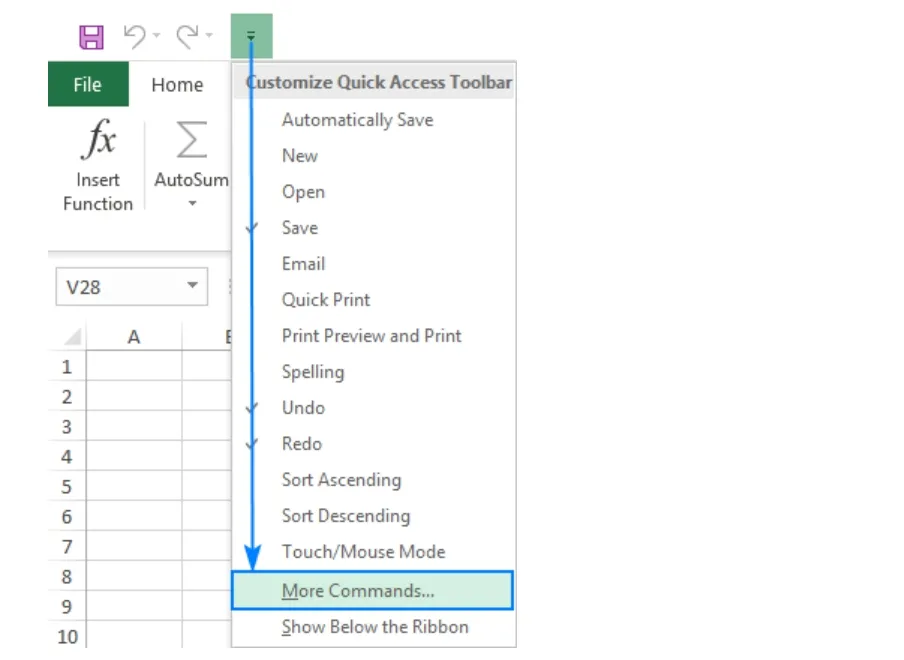
- Click 'All Commands' in the 'Choose Commands From' box, then select 'Form' from the list.
- Click Add, and then Okay.
Step 4. On the Quick Access toolbar, click 'Form'
Step 5. Fill in the form that pops up, and allow Excel to automatically add the data to your spreadsheet.
Part 6: Bonus! Convert Excel to PDF and Other Formats Without Loss of Formatting
Excel spreadsheets are all well and good, but what about if you're collaborating with someone who doesn't have access to Excel? Or if you want to save a static version of a spreadsheet to share information with someone?
To do that you need a reliable way to convert from Excel into another format without altering the appearance of the file.
That's something UPDF can help with - download it to try out the conversion features now.
Windows • macOS • iOS • Android 100% secure
As well as being a solid all-around PDF editing tool, UPDF can convert from Excel to a range of other formats without damaging the formatting.
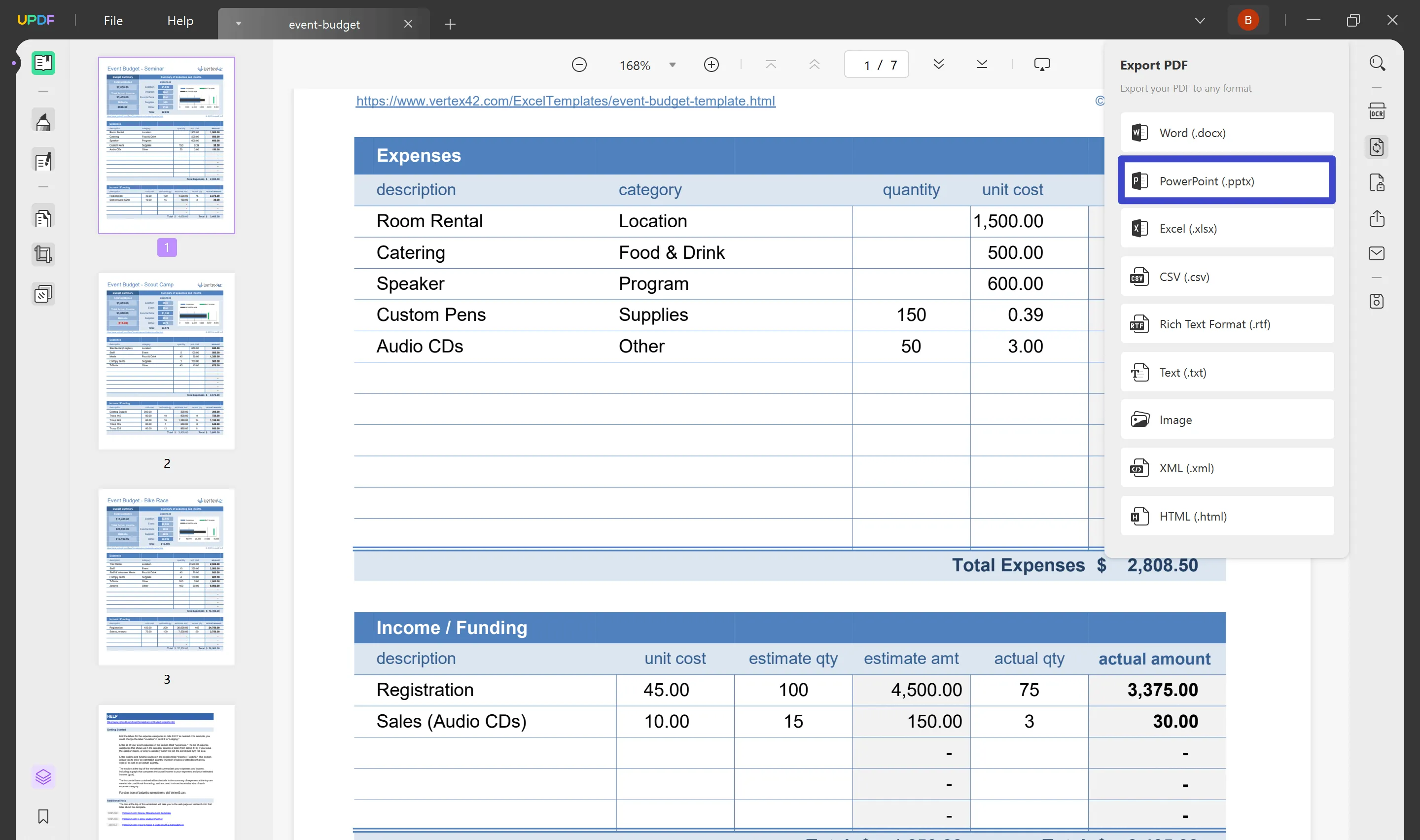
We've got articles about converting from Excel to Word, and Excel to PowerPoint, to get you started.
How To Learn Excel Tips and Tricks?
Even people who work with Excel every day are often only scratching the surface when it comes to its capabilities. We've covered some awesome Excel tips for beginners, and some more advanced Excel tips and tricks, and those will help make your life easier.
If you want to learn even more Excel tips and tricks in 2025, you should try using UPDF AI to help you. This is the best way to approach just-in-time learning of Excel tips, whether you're a beginner or a more advanced user since you can prompt the AI assistant to help you with the specific task you want to complete.
 UPDF
UPDF
 UPDF for Windows
UPDF for Windows UPDF for Mac
UPDF for Mac UPDF for iPhone/iPad
UPDF for iPhone/iPad UPDF for Android
UPDF for Android UPDF AI Online
UPDF AI Online UPDF Sign
UPDF Sign Read PDF
Read PDF Annotate PDF
Annotate PDF Edit PDF
Edit PDF Convert PDF
Convert PDF Create PDF
Create PDF Compress PDF
Compress PDF Organize PDF
Organize PDF Merge PDF
Merge PDF Split PDF
Split PDF Crop PDF
Crop PDF Delete PDF pages
Delete PDF pages Rotate PDF
Rotate PDF Sign PDF
Sign PDF PDF Form
PDF Form Compare PDFs
Compare PDFs Protect PDF
Protect PDF Print PDF
Print PDF Batch Process
Batch Process OCR
OCR UPDF Cloud
UPDF Cloud About UPDF AI
About UPDF AI UPDF AI Solutions
UPDF AI Solutions FAQ about UPDF AI
FAQ about UPDF AI Summarize PDF
Summarize PDF Translate PDF
Translate PDF Explain PDF
Explain PDF Chat with PDF
Chat with PDF Chat with image
Chat with image PDF to Mind Map
PDF to Mind Map Chat with AI
Chat with AI User Guide
User Guide Tech Spec
Tech Spec Updates
Updates FAQs
FAQs UPDF Tricks
UPDF Tricks Blog
Blog Newsroom
Newsroom UPDF Reviews
UPDF Reviews Download Center
Download Center Contact Us
Contact Us


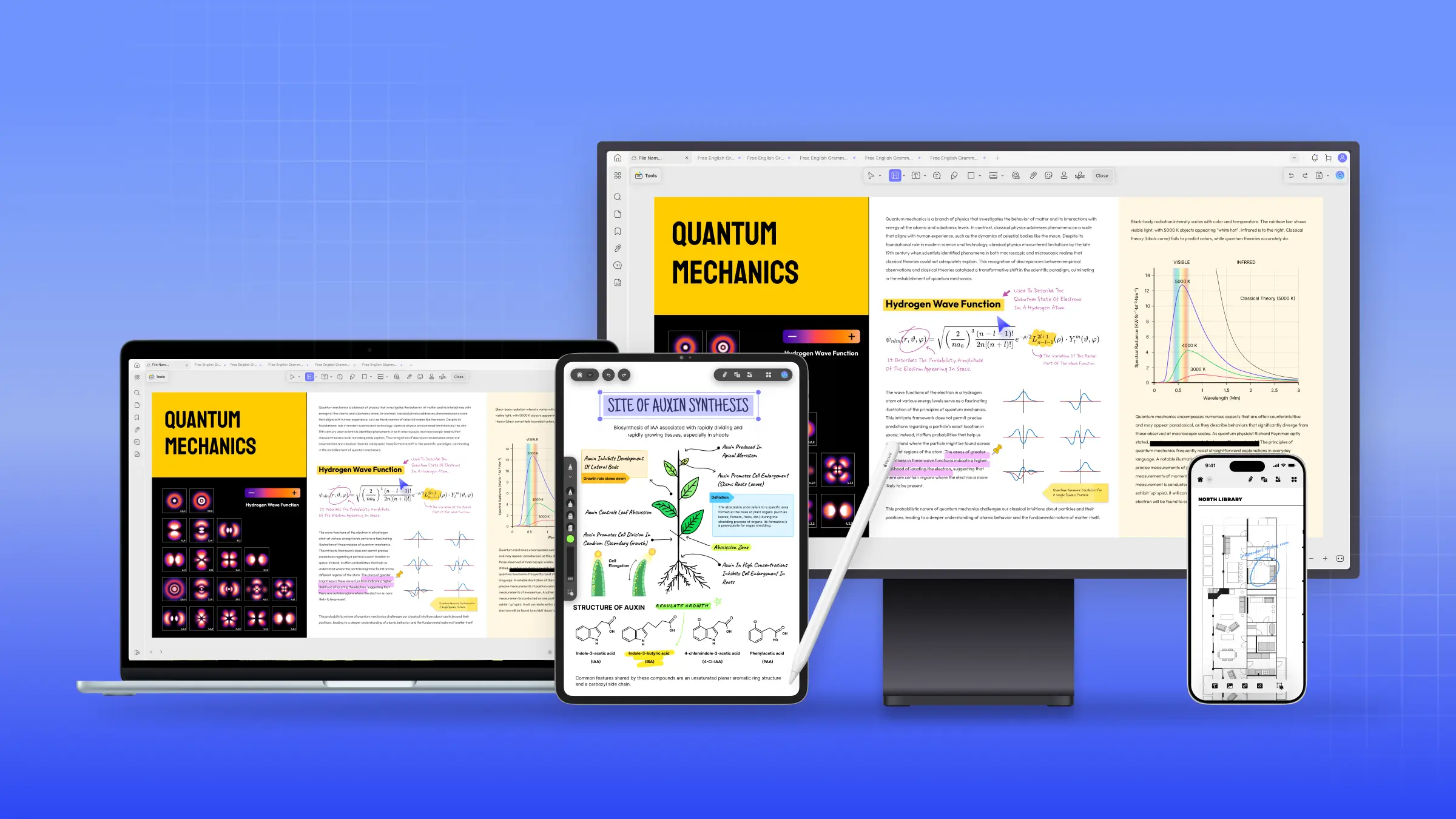


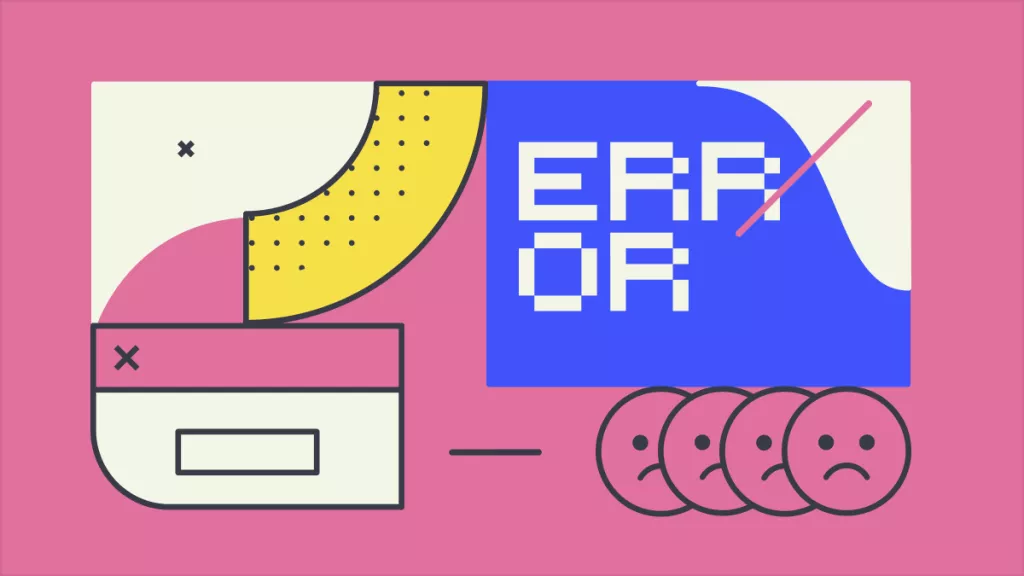

 Bertha Tate
Bertha Tate 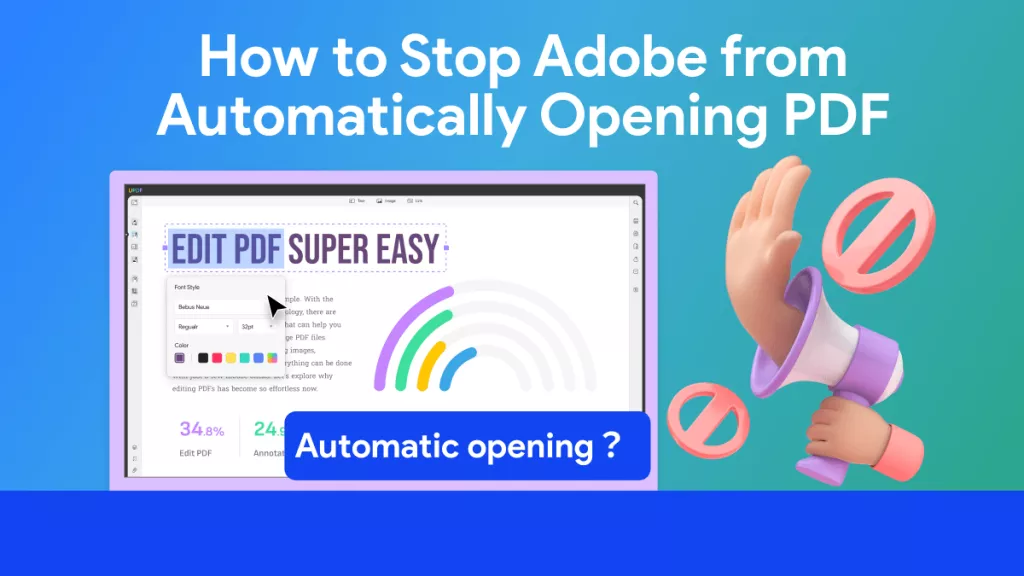
 Enid Brown
Enid Brown 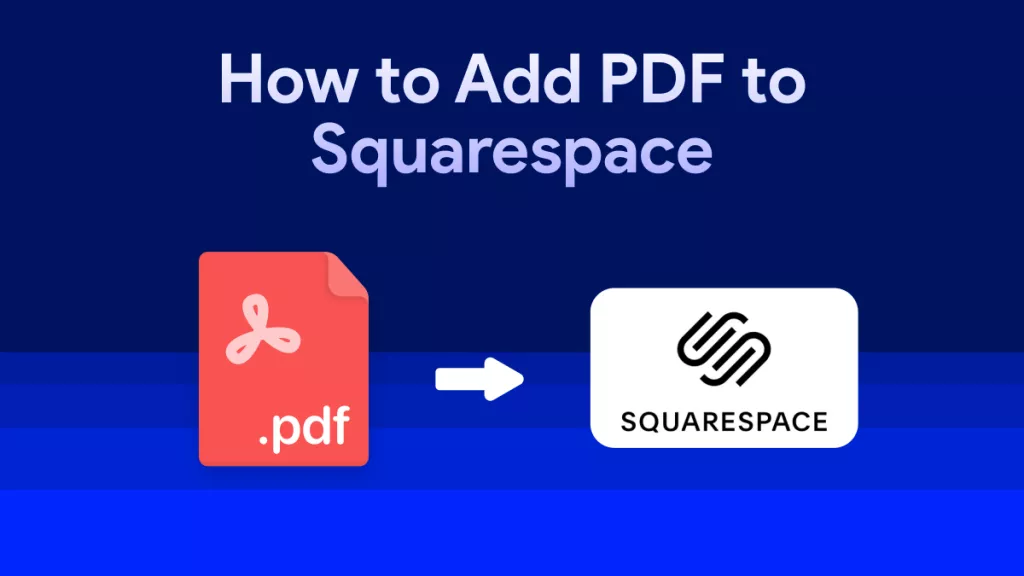

 Donnie Chavez
Donnie Chavez 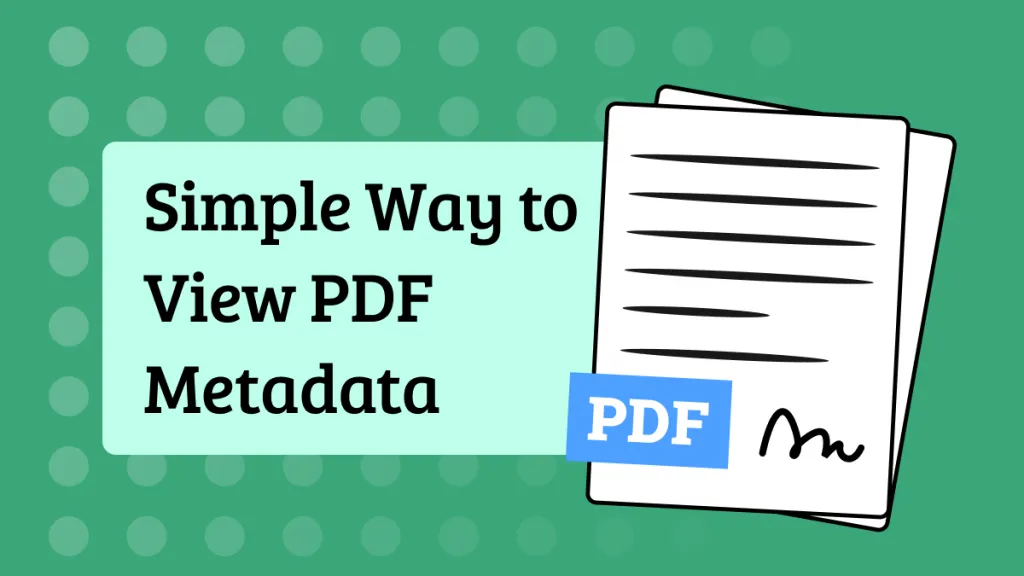
 Katherine Brown
Katherine Brown